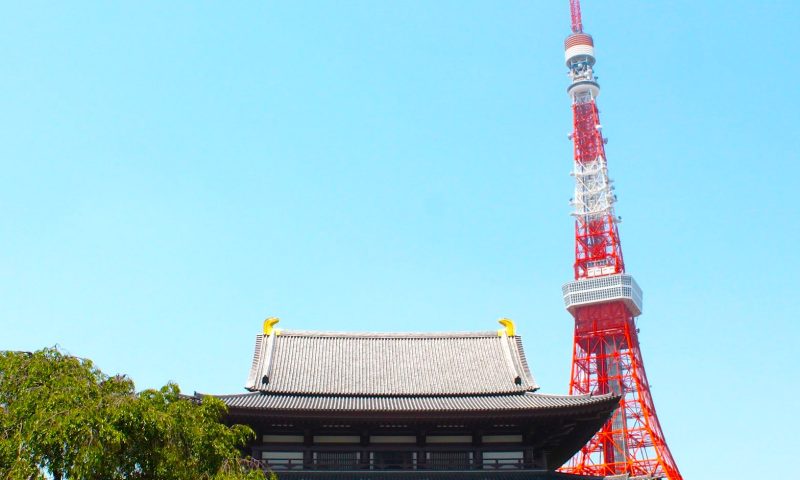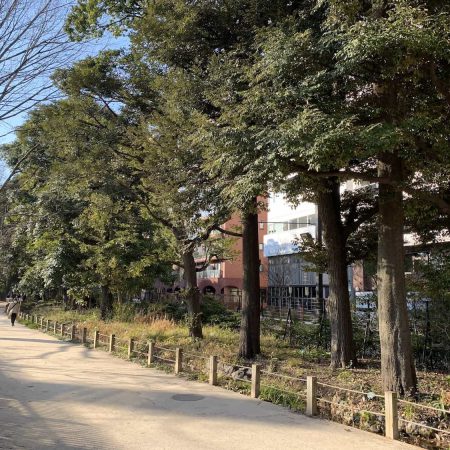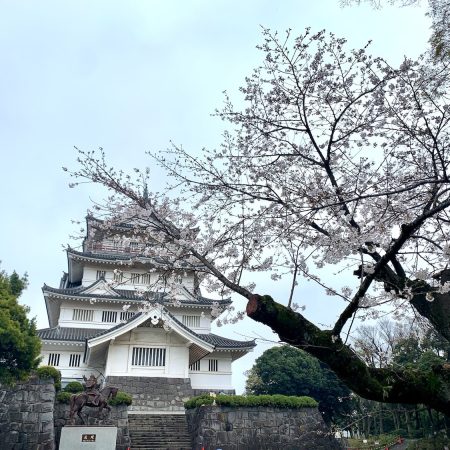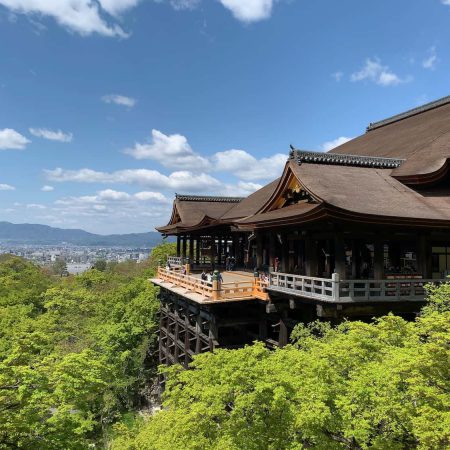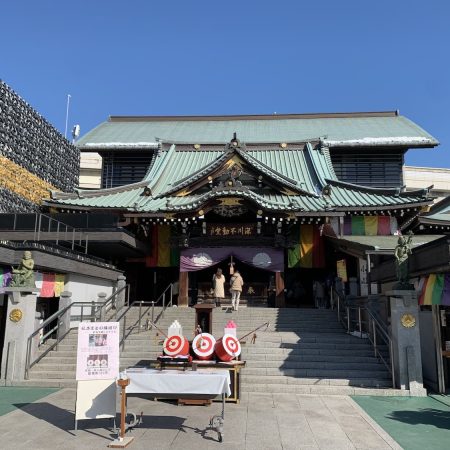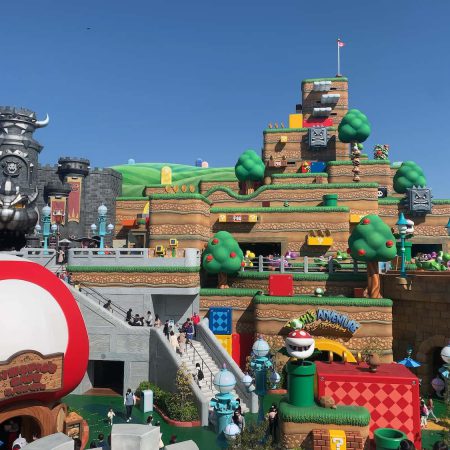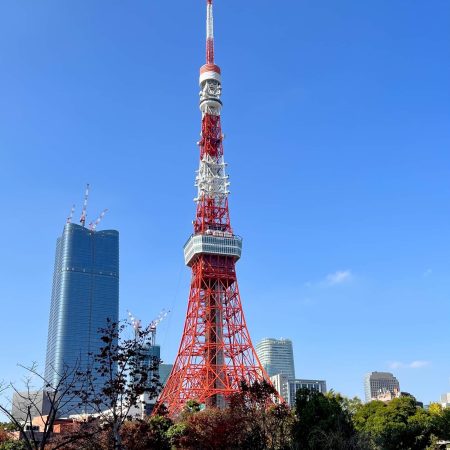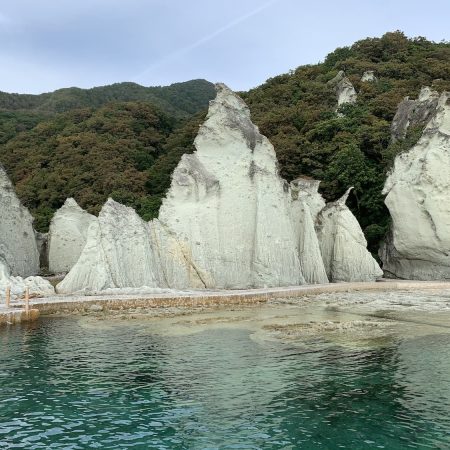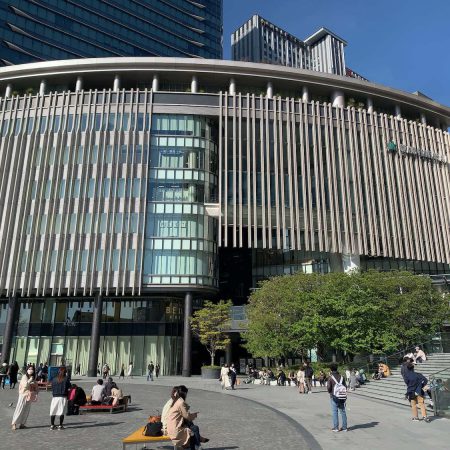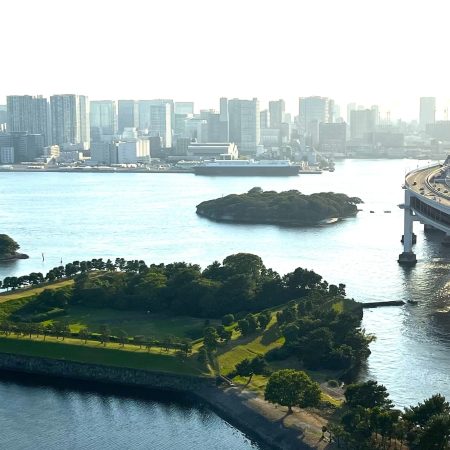Zojoji Temple: Known for Its Rich History and the Magnificent Sanmon Gate
Zojoji Temple, a cultural and religious hub in Tokyo, boasts a rich history dating back to 1393. It was originally established as a nembutsu seminary for the Jodo Shu in the Kanto region and played a crucial role as the family temple of the Tokugawa dynasty during the Edo period. The temple served as a center for governance of religious studies and activities for Jodo Shu, and continues to be the main temple of the sect. Despite its destruction during World War II, Zojoji Temple was beautifully restored and continues to host religious and cultural events.
The Sanmon, also known as the Sangedatsumon, is the main gate of Zojoji Temple and represents purity in Jodo Pure Land Buddhism. Built in 1622 by the shogun’s chief carpenter, the Sanmon is the only surviving original temple building and is recognized as an Important Cultural Property. Its construction style, imported from China in the 6th century during the introduction of Buddhism to Japan, is a true testament to its historical significance. Visitors can admire the beautiful gate, but access to the second floor where a statue of Shakyamuni and other Edo period figures are housed, is restricted to the public.

